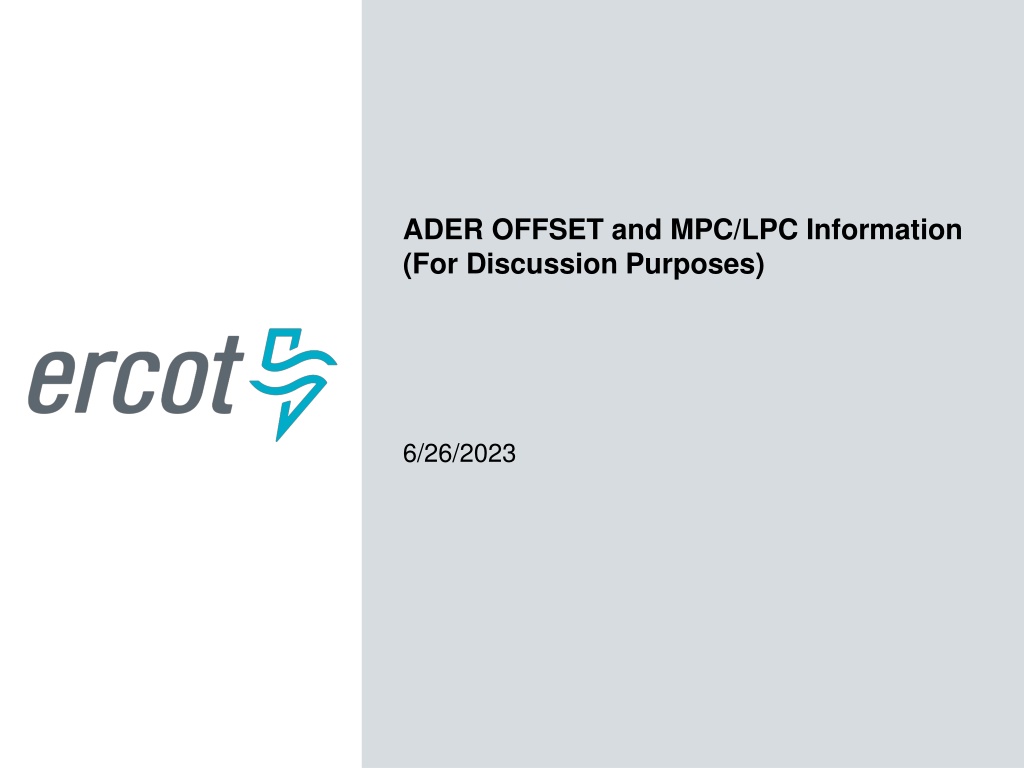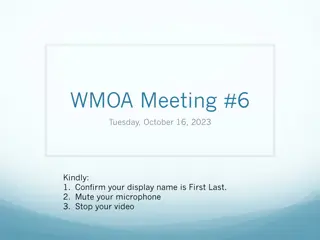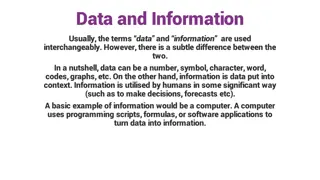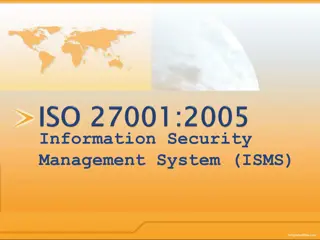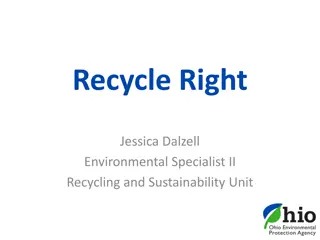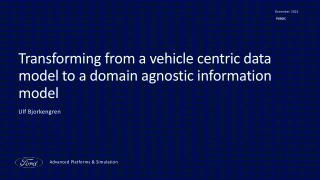Understanding ADER Offset and MPC/LPC Information
Explore the concept of ADER Offset and MPC/LPC information for energy resources, focusing on response capabilities, net power flow, and offset applications. Examples illustrate how the ADER is managed with and without offsets, alongside bid strategies in energy markets.
Download Presentation
Please find below an Image/Link to download the presentation.
The content on the website is provided AS IS for your information and personal use only. It may not be sold, licensed, or shared on other websites without obtaining consent from the author. Download presentation by click this link. If you encounter any issues during the download, it is possible that the publisher has removed the file from their server.
Presentation Transcript
ADER OFFSET and MPC/LPC Information (For Discussion Purposes) 6/26/2023
How the Resource would look with no Offset (+/- 5 MW of batteries) -6 -2 4 0 6 -4 2 -5 5 10.0 MW = Response Capability All batteries in the ADER at max withdrawal level All batteries in the ADER at max injection level (5.0) (5.0) The net power flow is a negative number when a withdrawal and a positive number when an injection The ERCOT software system needs the ADER to always be seen as a Load. The next slides describe how the Offset Approach is applied. The basic formula to determine the telemetry to send to ERCOT is: ADER Net Power Flow with Offset = ABS ( net power flow Offset Quantity ) 2 ERCOT Public
How the ADER would look with 10 MW Offset (+/- 5 MW of batteries) 16 12 6 10 4 14 8 15 5 Always seen as a Load and MPC and LPC are positive numbers 10.0 MW = Response Capability All batteries in the ADER at max withdrawal level All batteries in the ADER at max injection level (5.0) (5.0) The net power flow is a negative number when a withdrawal and a positive number when an injection LPC = 5.0 MPC = 15.0 ADER Net Power Flow with Offset = ABS ( net power flow Offset Quantity ) The Range of Response = 15.0 5.0 = 10.0 MW When the net power flow is 0 ; the ADER Net Power Flow with Offset = 10 MW (the Offset Quantity) 3 ERCOT Public
Example #1 A DotA with 1000 sites Each site has a +/- 5 kW battery (10kW response capability) Total for the DotA; 10 MW response capability Each site has native load and PV solar Registration: Total for ADER before offset application = +/- 5 MW Assume Offset = 10 MW (Note the offset quantity is determined and provided by ERCOT based on the size of the ADER) ADER Registration MPC = 15 MW ADER Registration LPC = 5 MW NPF should be between MPC and LPC Take information at the terminal of the batteries and add offset When the net power flow (sum of what is happening at the terminals of the batteries) is 0 ; the ADER Net Power Flow with Offset = 10 MW (the Offset Quantity) 4 ERCOT Public
Example Bid to Buy for an ADER-ALR Bid (MW) Bid Price ($/MWh) 5 9 70 60 40 20 13 15 Base Point sent to Resource 0 MW 5 MW 7 MW 13 MW 15 MW 15 MW Real Time Energy Price $250/MWh $70/MWh $65/MWh $40/MWh $20/MWh -$50/MWh 5 ERCOT Public
Example Information for the ADER Information at terminals of batteries Net Power Flow (NPF) Registered Response Capability PV Output Native Load Site # Device 1 2 3 4 . . . +/- 5 kW +/- 5 kW +/- 5 kW +/- 5 kW 10 kW 10 kW 10 kW 10 kW Injecting 3 kW Injecting 3 kW Injecting 3 kW Injecting 3 kW . . . . . . . . . 1000 +/- 5 kW 10 kW Injecting 3 kW Injecting 3 MW Total +/- 5 MW 10 MW With Offset: NPF = 7 MW 6 ERCOT Public
